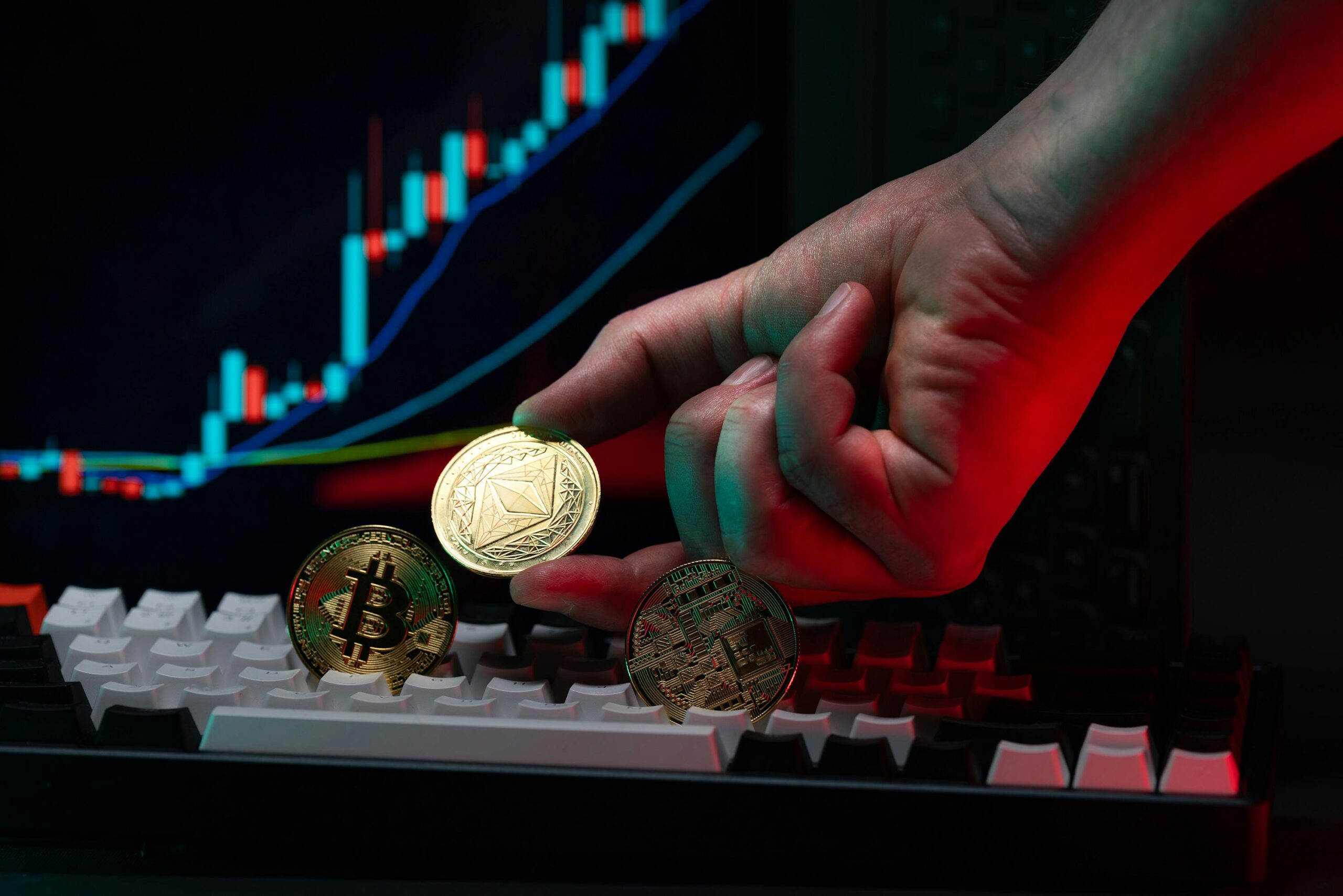How DEXs Work
Unlike centralized exchanges (CEXs), decentralized exchanges (DEXs) are not managed by a central authority. The trades are executed through smart contracts and users retain custody of their own funds. This approach leverages the full potential of blockchain technology, which aims to decentralize financial services and give users complete control over their assets.
Most DEXs use Automated Market Maker (AMM) system to facilitate trades. Uniswap was among the first to popularize the AMM system when it was launched in 2018. By eliminating the need for traditional order book system, AMM provides high liquidity, allowing traders to execute trades directly with liquidity pools rather than waiting for their orders to be matched. Anyone can become liquidity provider by contributing to liquidity pools, and in return, they earn a share of trading fees generated from the trades.
Benefits of AMM (Automated Market Maker)
The order book system generates liquidity by maintaining a continuous flow of buy and sell orders, requiring a sufficient number of active traders who are willing to buy or sell assets at specific prices. When there are not enough active traders, order matching can become slower, leading to greater price swings and slippage. This is especially noticeable in markets for new or less popular cryptocurrencies, where trading activity is often lower. Additionally, liquidity can be reduced during off-peak trading times or during large sell-offs, which can decrease both the price and liquidity of an asset.
In contrast, the Automated Market Maker (AMM) system can sustain high liquidity regardless of the asset’s popularity, trading hours, or market conditions. By using liquidity pools and allowing anyone to provide liquidity, AMMs can facilitate trades even in scenarios where the traditional order book system might struggle due to low trading activity or market volatility.
Additionally, AMM system also creates incentives for liquidity providers (LPs) by offering rewards. Many DEXs such as Pancake Swap, provide additional rewards alongside share of transaction fees, allowing LPs to earn passive income.
Setting Up Wallet
Most decentralized exchanges (DEXs) do not provide an integrated wallet to purchase and store crypto. You need a DeFi wallet to transfer funds to the DEX. There are many wallets with robust security features and DeFi integration, allowing users to store and swap cryptocurrencies. Some wallets do not have the feature to purchase crypto. That’s why, you should select a wallet that integrates with payment processors. Wallets such as Trust wallet allows the purchase of crypto using credit or debit cards.
After you have selected a wallet, created an account, and purchased crypto, now you can start trading. Move to the DEX platform you want to use for spot trading.
Executing Spot Trades
Select a specific blockchain network which is compatible with crypto assets you want to trade. Connect your wallet to the DEX, then navigate to the trading section of the decentralized exchange. Now, select the coin you want to trade and the coin you want to receive. Enter the amount you want to sell and the DEX will automatically calculate and display amount of receiving cryptocurrency. Review the transaction details such as crypto amounts, slippage tolerance, transaction speed and fees. Finally, select “Trade” or “Swap” option and confirm the transaction.
Monitor and Manage
After initiating the transaction, it would be processed by blockchain network. The processing time can vary from few seconds to several minutes, depending on network congestion. Once transaction is completed, you can check your wallet balance to see if you have received new cryptocurrency.
You can also navigate to transaction history in your wallet to see status of your trade. The wallet also generates a transaction hash or transaction ID which you can enter in blockchain explorer application to see status of the specific transaction you have executed on DEX. Additionally, you can also use portfolio tracker app to monitor performance of your trades and current crypto holdings. These portfolio apps usually integrate with crypto wallet, allowing users to manage their crypto assets effectively.
Exploring Other Features
Alongside trading, DEXs also provide many other financial services. Users can also do liquidity mining to earn rewards. The amounts of rewards that users earn can vary in different platforms and often depend on transaction costs, and additional rewards. On platforms like Pancake swap, you can also stake liquidity tokens to earn additional rewards while also earning a share of transaction fees.
